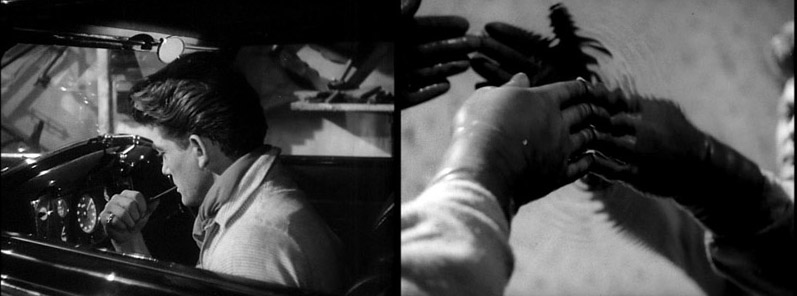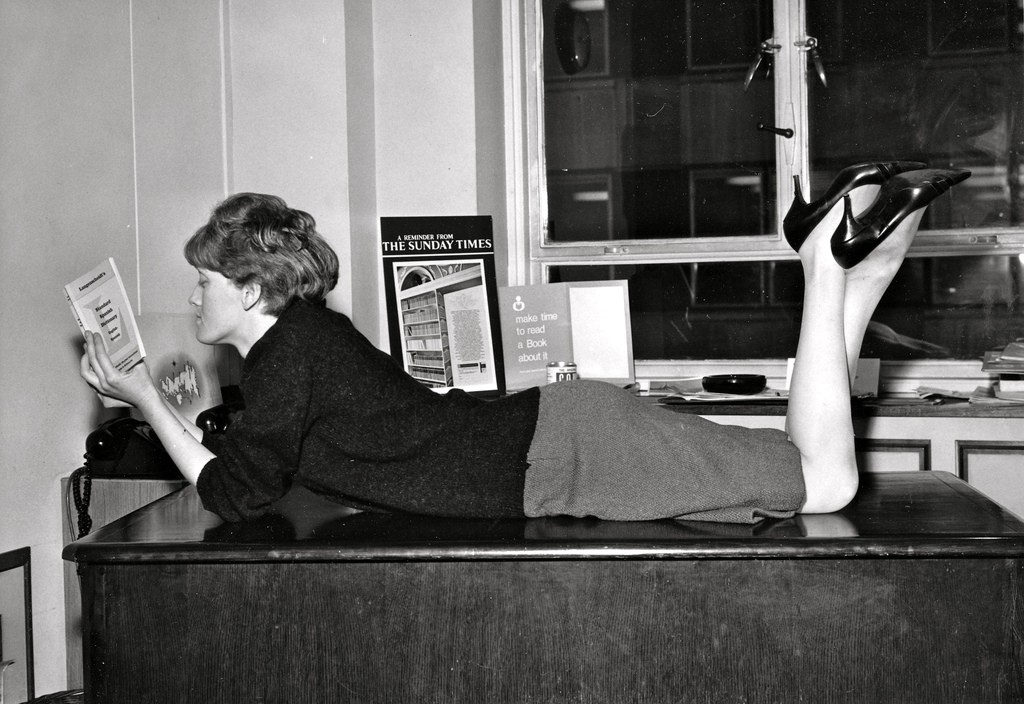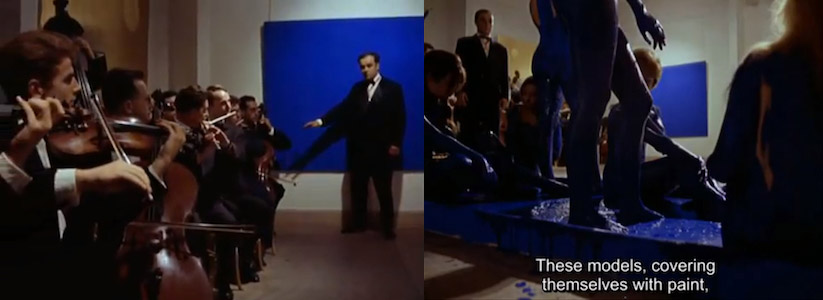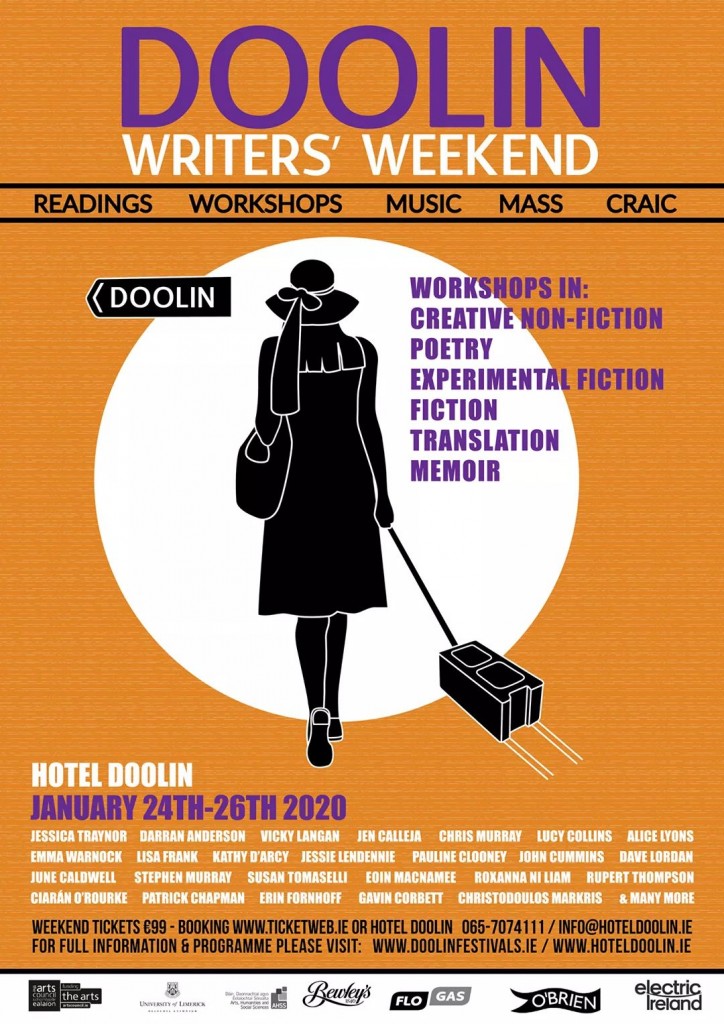
‘Henceforth, every form of writing will consist of an operation of decoding, of contamination, and of sense perversion. All this because all language is essentially mystification, and everything is fiction.’ – Brion Gysin
‘So much of the very best literature opens up illicit frequencies so that meaning can travel along channels other than the obvious or rational. The Tintin books are full of these frequencies, these channels; they even dramatise their setting up, hunting down, rumbling and relocating.’ – Tom McCarthy
At Christmas three years ago, I was given a postcard reproduction of the shipping forecast map. Seeing the charts (Fastnet, Cromarty, Biscay, Dogger, Malin…) triggered not only the calming memory of listening to the nightly broadcasts, adrift as I was in an alien city, but an associative recollection, one from much further back: the times I used to steal into my great-grandmother’s front room and play with her radiogram. The display named cities, both familiar (Belfast, Cork, London) and enticing (Paris, Berlin, Stockholm, Reykjavik, Moscow, Prague, Trieste), and I would turn the dial and instantly be transported elsewhere. I didn’t—couldn’t—understand what was being said, but these mysterious, almost poetic cyphers1 were simply mesmerising to my younger self.
Thinking of the radio and otherworldly broadcasts, I remember the first time I heard numbers stations, not first-hand but mediated through recordings, sampled on music albums: first, on Stereolab’s Transient Random-Noise Bursts with Announcements, then on Pere Ubu’s Story of My Life. Numbers stations were at their apex at the height of the Cold War, and were assumed to be broadcasts sending coded messages across long distances.2 Often starting with a disconcerting melody, or the sound of several Morse beeps, these transmissions were followed by the unnerving sound of a voice counting or reciting letters in other languages, and usually looped on repetitive play. It was purely one-way traffic—the transmitters sent numbers to the recipient over shortwave, the receiver did not reply, but deciphered these texts using ‘one-time pads.’ The Conet Project gathered the (now mostly extinct) broadcasts together in 2004: ‘Swedish Rhapsody,’ and ‘The Lincolnshire Poacher,’ and so on, named for the jingles used.





